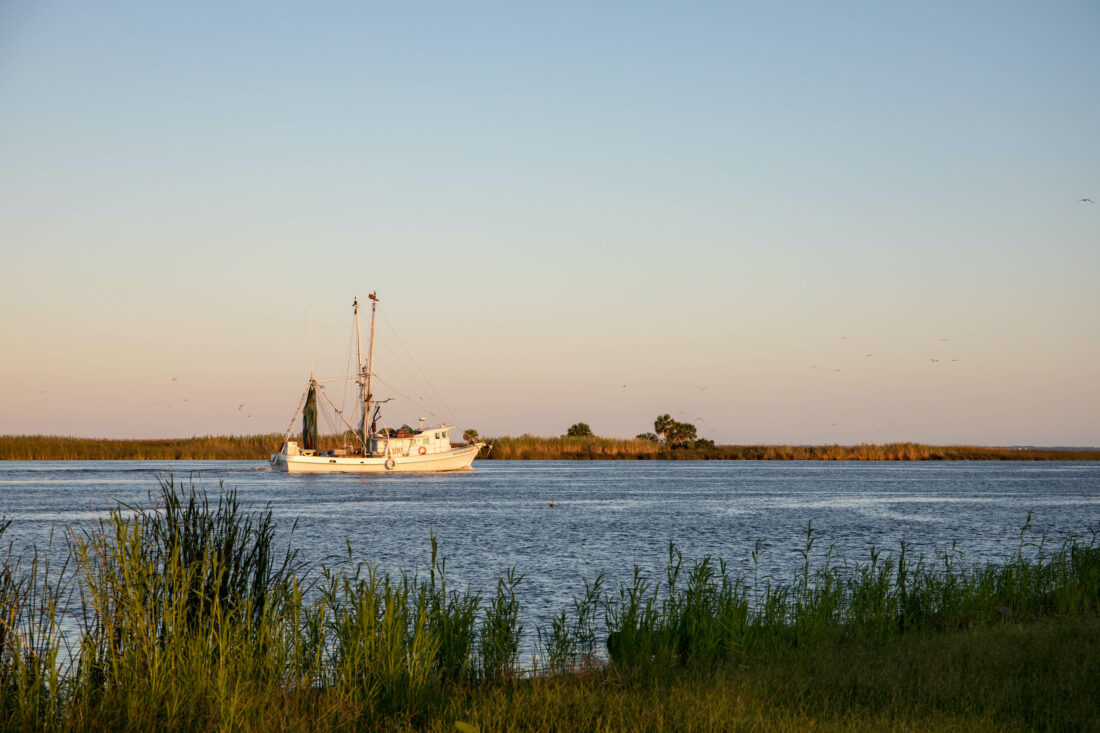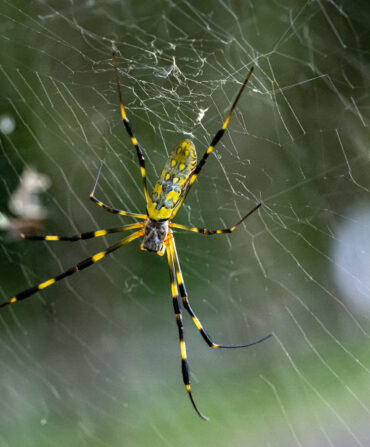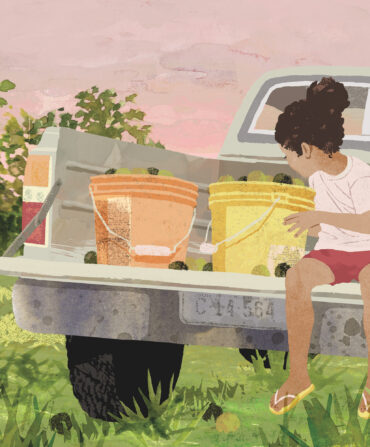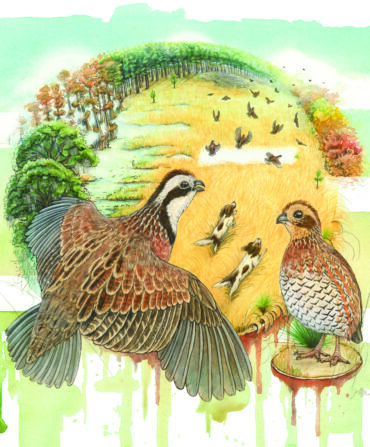It’s a bit hazy, but my first memory of eating oysters is with my grandparents at their small house in Panacea on the Panhandle in the 1970s. I was sitting in their “Florida room” with the crank aluminum windows open and the scent of briny air wafting in, and someone handed me a saltine with an oyster and dollop of homemade cocktail sauce on top. I slurped the oyster, ate the cracker, and asked for another. The oysters came from nearby Apalachicola Bay, a thriving part of the Gulf Coast seafood industry, and my parents looked forward to picking up a few bushels whenever we visited my grandparents between Army moves.
Fast forward a few decades and the Apalachicola Bay oyster industry is in a state of distress.
In 2020, the Apalachicola Bay oysters were so depleted that the Florida Fish and Wildlife Conservation Commission closed wild oyster harvest for five years to allow populations to recover. The wild harvest moratorium began in December 2020; if the moratorium is lifted, it will be in January 2026. I chatted with Dr. Sandra Brooke, research faculty at Florida State University’s Coastal and Marine Lab and lead investigator on Apalachicola Bay System Initiative (ABSI), about the likelihood of success.
The Problem
Though Apalachicola Bay is just one of many estuaries in the Gulf of Mexico, it once provided 90 percent of Florida’s oysters, Brooke explains. “It was extremely productive,” she says. “The oysters are a very important part of the ecosystem. It was a highly productive ecosystem for other fishery species as well, and those declined too.”
To that end, she’s heard fishing guides mention no longer finding species like red drum and speckled trout that were once abundant in the area. Both species’ habitats are in shallow seagrass or muddy bottoms and tend to feed on crabs and small fish typically found around oyster reefs. “Given the diminished state of the oyster reefs in Apalachicola Bay,” she says, “it makes sense that the populations of fishes that use the reefs would decline.”
Brooke knows this isn’t just a Gulf struggle. “Coral reefs are in trouble, everybody that pays attention knows that,” she says. “Oyster reefs are in more trouble than coral reefs—that should put it in more context.” Scientists estimate that 85 percent of oyster reefs globally are either functionally extinct or in severe decline. Overharvesting is the primary reason, Brooke says, which then contributes to loss of reef structures that provide habitat for larval recruitment, or new oyster growth. When reefs are severely degraded, the oysters are closer to the seafloor, exposing them to hypoxia (oxygen deficiency).
The oysters have faced other threats too: water quality degradation from land pollution and excessive nutrients; stress from not enough or too much fresh water; disease; non-native species competing for resources; and increasing water temperatures and occurrences of extreme weather events.
“If I could wave a magic wand and change one thing in Apalach, it would be to bring the habitat back,” Brooke says. “There is so little good habitat out there—that is really what seems to be limiting their recovery.”
Bigger than Oysters
Brooke and her team have set their sights on bringing back an entire ecosystem. “Oyster ecosystems require nooks and crannies, little gaps and holes. That’s what nature did for oyster juveniles to have predator refuge,” Brooke explains. These nooks and crannies create habitats for other animals to live in and feed upon, like the red drum and speckled trout that once thrived here.
Brooke and her colleagues are working on finding the best way to restore habitats, starting with the foundation. “Most of Apalachicola Bay is shell and it’s loose and unstable,” explains Brooke. “It’s hard, but it’s not solid and it doesn’t get the oysters up out of the flow [of water currents].”
Through restoration experiments, the ABSI team found that after just a month, most shell material was scattering and spreading with the currents, especially in the eastern part of Apalachicola Bay where the currents are very strong. Instead, they’re now working with large lime rock and concrete, and they’re seeing results.
Some Good News
“Our large lime rock did really well,” says Brooke of one of ASBI’s experimental projects. “After fourteen months, we had market-sized oysters. We had lots of little things, fishes and crabs living in the nooks and crannies, and we had spats (baby oysters).”
This past May, the ASBI team put another experiment in place: using lime rock with a cap of shells to see if that stable base would support the shell reef on top of it. They’re also trying to use concrete to build up reef structures. “There are some encouraging indications that the oysters are recovering in some places, mostly in the eastern part of the bay in areas restored with lime rock, which is more persistent and stable than shell,” Brooke says. “If this trend continues, there is hope that Apalachicola wild oysters will once again grace the tables of residents and tourists alike.”
Apalachicola Oysters on Menus
Though wild oyster harvesting has been put on hold, it is still possible to enjoy oysters grown in Apalachicola Bay through aquaculture farming. Currently, more than one hundred leaseholders have staked their claims and futures on the one- to ten-acre leased water plots in and around Apalachicola Bay, according to an industry spokesperson in Florida’s Forgotten Coast. Their names—look for them across area menus and markets—include Saucey Lady Oysters, Outlaw Oyster Company, and Semper Salty Oyster Company.
“Aquaculture has exploded since the oyster fishery sort of collapsed,” Brooke says. “Farmers get seed from a hatchery, so there’s no taking anything—aquaculture doesn’t take anything from wild stocks.” Brooke adds that it is challenging to get the seed at the moment. “There’s much more demand than there is availability of commercial seed for aquaculture.”
Through oyster habitat restoration, as well as the rise in popularity for farmed oysters, Apalachicola’s wild oysters could make a comeback. And a spotlight on the bivalves, Brooke hopes, will also spread needed attention to water conservation and the fishing industry in general. “Other things in the bay depend on the oysters,” she says. “We need to bring the system back for everybody.”








